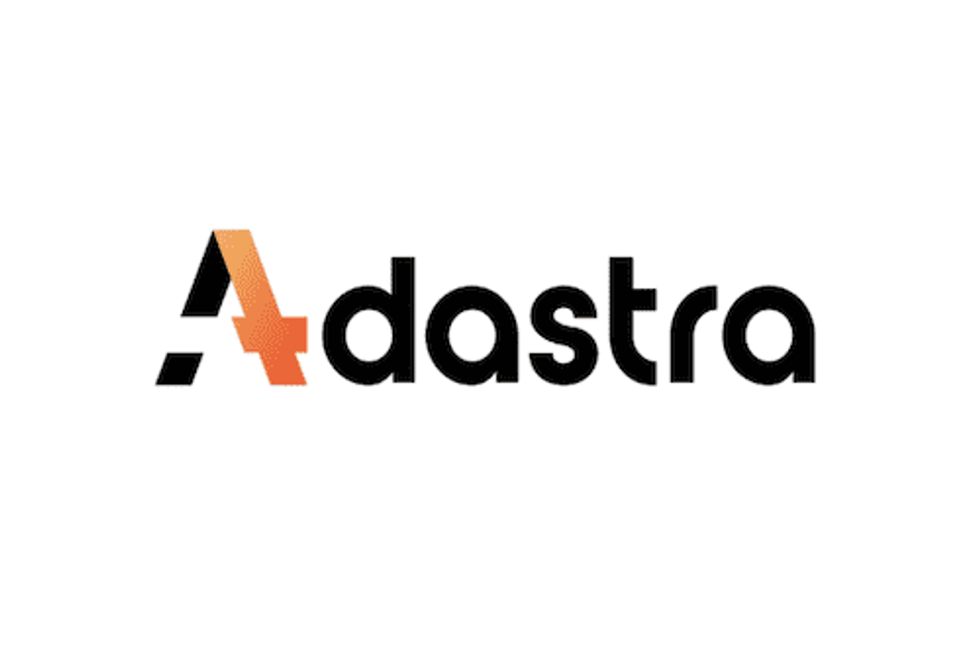
Many companies are using medical cannabis to create innovative products to treat a wide variety of ailments. Here’s a look at some of the different ways to consume and use medical cannabis.
Cultures around the world have long reaped the benefits of marijuana. The Chinese used it for medical purposes for thousands of years, as did the Greeks and Egyptians. In fact, prior to the Marihuana Tax Act of 1937, the US recognized cannabis as an acceptable medical product.
Of course, more recently marijuana has been cast in a negative light, with laws prohibiting its use and distribution. But with Canada on the verge of nationwide legalization and many states in the US legalizing the substance, the stigma surrounding it has melted away once again.
This growing freedom has allowed companies to create innovative products to treat a wide variety of ailments like epilepsy. Here’s a look at the different ways to consume and use medical cannabis.
Smoking medical cannabis
The most common way to ingest medical cannabis is by smoking the dried buds or leaves of a marijuana plant. This method acts the fastest, and most patients will feel the effects almost immediately. Smoking marijuana also allows users to more easily regulate the amount they take. That said, it is always recommended to start out with a small dose.
There are two main species of cannabis: indica and sativa. The two have varying effects — sativa is known to be more uplifting, which makes it ideal for daytime use, while indica is more relaxing and provides a body buzz, making it better suited for night use.
While smoking medical cannabis is both easy and effective, inhaling smoke on a regular basis can have a negative impact. Harborside Health Center recommends that patients use vaporizers or edible forms of medicinal cannabis whenever possible.
Medical cannabis extracts and concentrates
While using cannabis flower is the most common way to smoke cannabis, many people smoke concentrated THC, also known as shatter. Shatter is one of the many cannabis concentrates available. These concentrates are typically extracted by using a solvent like CO2 or butane to strip the THC and other cannabinoids off the plant; the solvent is then cooked off to get a wax, an oil or a hard product.
Making concentrates at home can be dangerous, as solvents are flammable and can cause explosions if the correct procedures are not followed.
Smoking a concentrate is often called a dab, likely because of the small quantity required to get high — just a dab. To do a dab, users generally apply a small amount of shatter to a ceramic bowl or ring nail on a bong that has been heated with a small kitchen torch.
Keep in mind that “[w]hile bud tends to test between 10 to 25% THC, concentrates typically range between 50 to 80% THC, depending on the extract type and quality,” according to Leafly. This creates a more intense high that is better suited to regular medical cannabis users who have a high THC tolerance.
Medical cannabis tinctures and tonics
Also under the umbrella of concentrates are tinctures and tonics. A tincture is a concentrated form of medical cannabis that is made in an alcohol solution. Cannabis buds and leaves are soaked in alcohol and then put through a fine strainer to create a potent liquid infused with THC and other cannabinoids. Tinctures can be added to food or drinks, applied to the skin or even consumed by placing drops directly under the tongue.
There are also tonics and drinks that are infused with cannabis. As the substance becomes legal in more and more places, many market watchers are seeing marijuana-infused beverages as an area of great potential. Major Canadian cannabis producer Canopy Growth (TSX:WEED,NYSE:CGC) has discussed the idea, suggesting that it may move into that arena in the future.
Vaporizing medical cannabis
Vaporizers are a great way to access the medical properties of cannabis without the detrimental effects of inhaling smoke. To use a vaporizer, patients must first place cannabis into the device’s cartridge; the vaporizer then heats the material to a temperature of 180 to 200 degrees Celsius, causing the plant’s oils to evaporate for the user to inhale.
This method removes all the tars, hydrocarbons, benzene, carbon monoxide and other toxic pryolytic gases and by-products of combustion, meaning that they do not enter the lungs.
Edible medical cannabis
Another popular option for consuming medical cannabis is to ingest it. Cannabis is usually infused into butter or oil, known as cannabutter, and used to make baked goods. Another way to use cannabis in baking is to grind the dried leaves into a powder and mix it with other ingredients prior to baking.
While consuming cannabis in edible forms is a great option for those concerned about respiratory issues, it takes longer to feel the effects of edibles compared to smoking or vaporizing. It is also difficult to judge their strength. As a result, it is a lot easier to consume too much, and it is recommended that patients only eat small portions and gauge how they feel after an hour or two. Another thing to bear in mind is sugar content, which has some calling for sugar-free edibles.
Topical medical cannabis
For those looking to utilize the healing and pain-relieving effects of medical cannabis without having to smoke or ingest it, topical products are a good option.
They come in the form of balms, salves, lotions, sprays and ointments and are effective in the relief of inflammatory diseases, roughened skin, eczema, minor burns, muscle soreness, sunburns, swelling, joint pain and tendinitis — they can even relieve the painful symptoms of shingles.
This is an updated version of an article originally published by the Investing News Network in 2015.
Don’t forget to follow us @INN_Cannabis for real-time updates!
Securities Disclosure: I, Amanda Kay, currently hold no direct investment interest in any company mentioned in this article.





